A self-funded plan can be part of your strategy to lower health care costs
As the cost of health care continues to rise, businesses are always looking for ways to control costs without negatively impacting the health of their employees.
There isn’t a one-size-fits-all approach to lowering health care costs, but self-insurance, or self-funded insurance, may be an important consideration for your overall strategy. More and more companies of all sizes are choosing to partner with their insurance companies and set aside funds to pay for the health care needs of just their own employees.
Self-funded plans may be more flexible than traditional, fully-insured plans. They’re subject to less regulation and offer business the opportunity to customize their health care plan to meet their unique business needs. And because companies are paying only for the health care costs of their own employees, there may be money left over at the end of the year that can go toward other business needs.
Talk with a CBIS agent to see if a self-funded plan might be right for your company.


